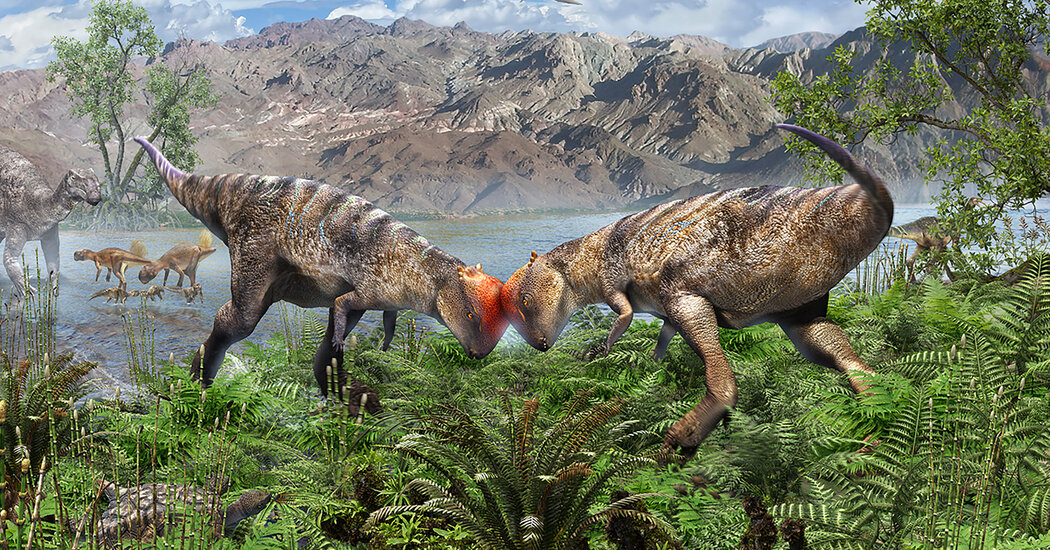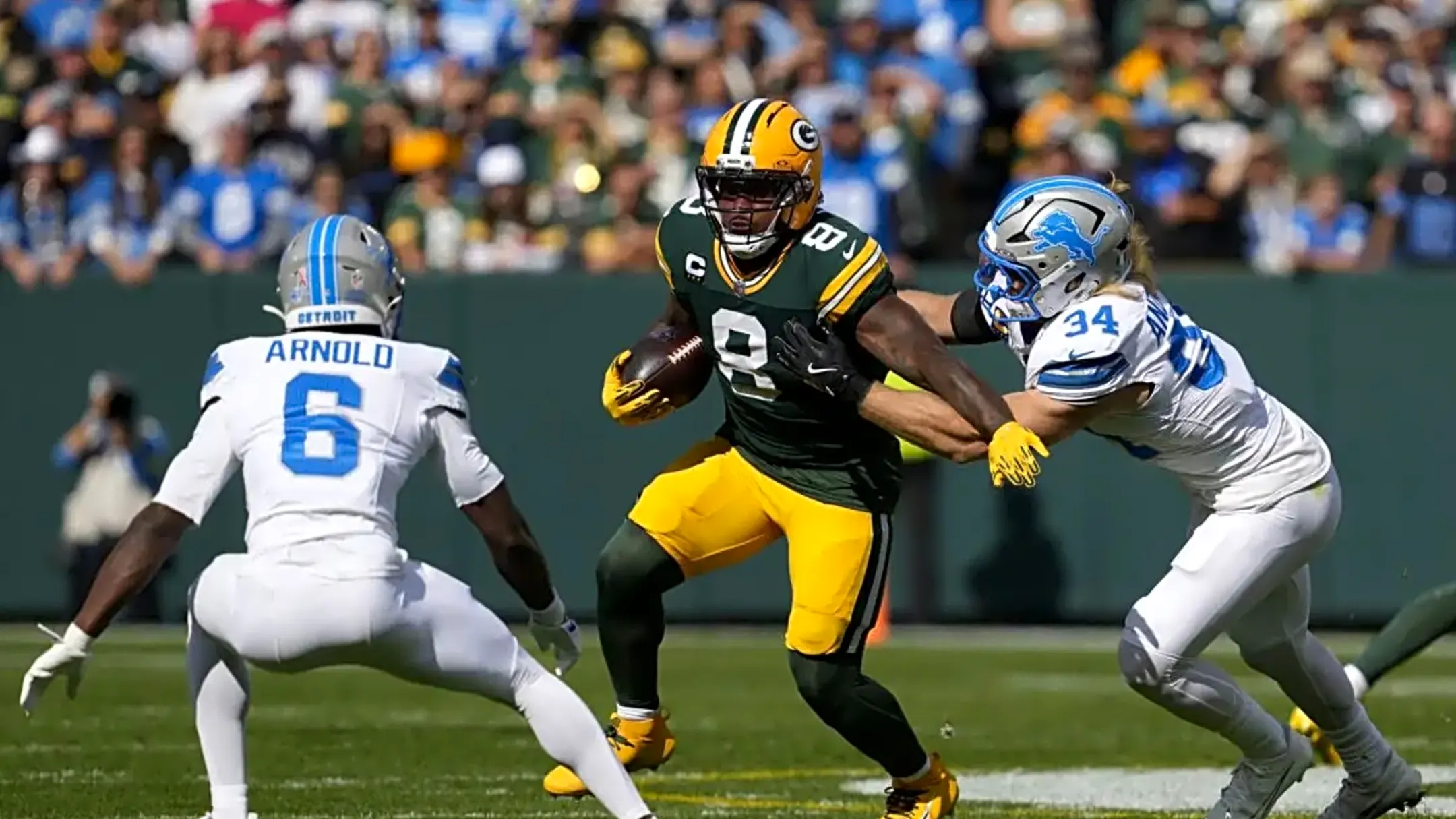
Tsogtbaatar Chinzorig, a paleontologist at North Carolina State University, didn’t have to travel far on the day he made what may be the most important fossil discovery of his career. As he stepped out of his tent in the Gobi Desert in Mongolia to start his day of fossil hunting, he noticed something small and spherical protruding from a nearby hillside.
Upon closer inspection, Dr. Chinzorig quickly realized this wasn’t just any round rock; it was the dome-shaped skull of a pachycephalosaur, a dinosaur famous for its presumed proclivity for head-butting.
And Dr. Chinzorig had stumbled upon what would turn out to be the oldest and most complete pachycephalosaur fossil ever found. The specimen was described Wednesday in the journal Nature.
The researchers say it is 115 to 108 million years old, or around 14 million years earlier than scientists had thought these dinosaurs first evolved their helmet-like heads. The fossil also had intact arms and hands, as well as a stomach full of stones. The study’s authors named the species Zavacephale rinpoche. It means “root” and “jewel” in Tibetan, a reference to the fossil’s value and ancient origin, said Lindsay Zanno, head of paleontology at the North Carolina Museum of Natural Sciences and an author of the study.
Pachycephalosaurs, often called pachys, are popular in children’s books and appear throughout the “Jurassic Park” entertainment franchise. But little is known about them. A complete pachycephalosaur skeleton has never been found, leaving scientists to glean what they can from a few dozen incomplete specimens.
After the fossil was found, it was shipped to North Carolina State for years of meticulous scientific reconstruction.
“The specimen is shockingly beautiful,” Dr. Zanno said . “The first time that we all saw it prepared, it took our breath away.”
Analysis of the fossil suggests that the live animal met an untimely end while still a juvenile. The young dinosaur was about the size of a large cat.
Despite its youth, the dinosaur’s helmet head was surprisingly well-developed.
“That tells us that this dome structure was an incredibly important aspect of pachycephalosaur biology,” Dr. Zanno said. “It evolved very early in their history, and then they just kept that strategy up through time.”
Although there is some debate on why pachycephalosaurs might have evolved with such thick skulls, recent evidence suggests that the dinosaurs used them when butting heads with one another while competing for mates, much as bighorn sheep do.
While a lot was learned from studying this dinosaur’s perfectly preserved skull, the rest of its body proved to be just as scientifically valuable.
He added that one part of pachycephalosaur anatomy that had long a mystery to scientists had been their hands. Few well-preserved specimens exist, but the hands of Zavacephale rinpoche were preserved in stunning detail. And as it turns out, T. rex wasn’t the only dinosaur with amusingly small ones.
“Their hands were unusually and unexpectedly tiny,” said Dr. Zanno, who had spent dozens of hours reconstructing them, bone by bone. The fossilized bones that made up the hand were so small “that at first we thought they could be gut contents,” she said.
Zavacephale rinpoche’s stomach did not contain tiny bones, but it did contain several gastroliths, or stomach stones. These stones are swallowed by some animals to help break down food. While many modern creatures, such as crocodiles and chickens, and some dinosaurs, including stegosaurs, were known to make use of gastroliths, this is the first time they’ve been found in the stomach of a pachycephalosaur.
Mark Goodwin, assistant director of the University of California Museum of Paleontology in Berkeley, had some doubts about metrics used by the study’s authors to assess the skulls’s development. But he said the “gem of a specimen” will teach scientists much about the evolutionary journey of pachycephalosaurs.



